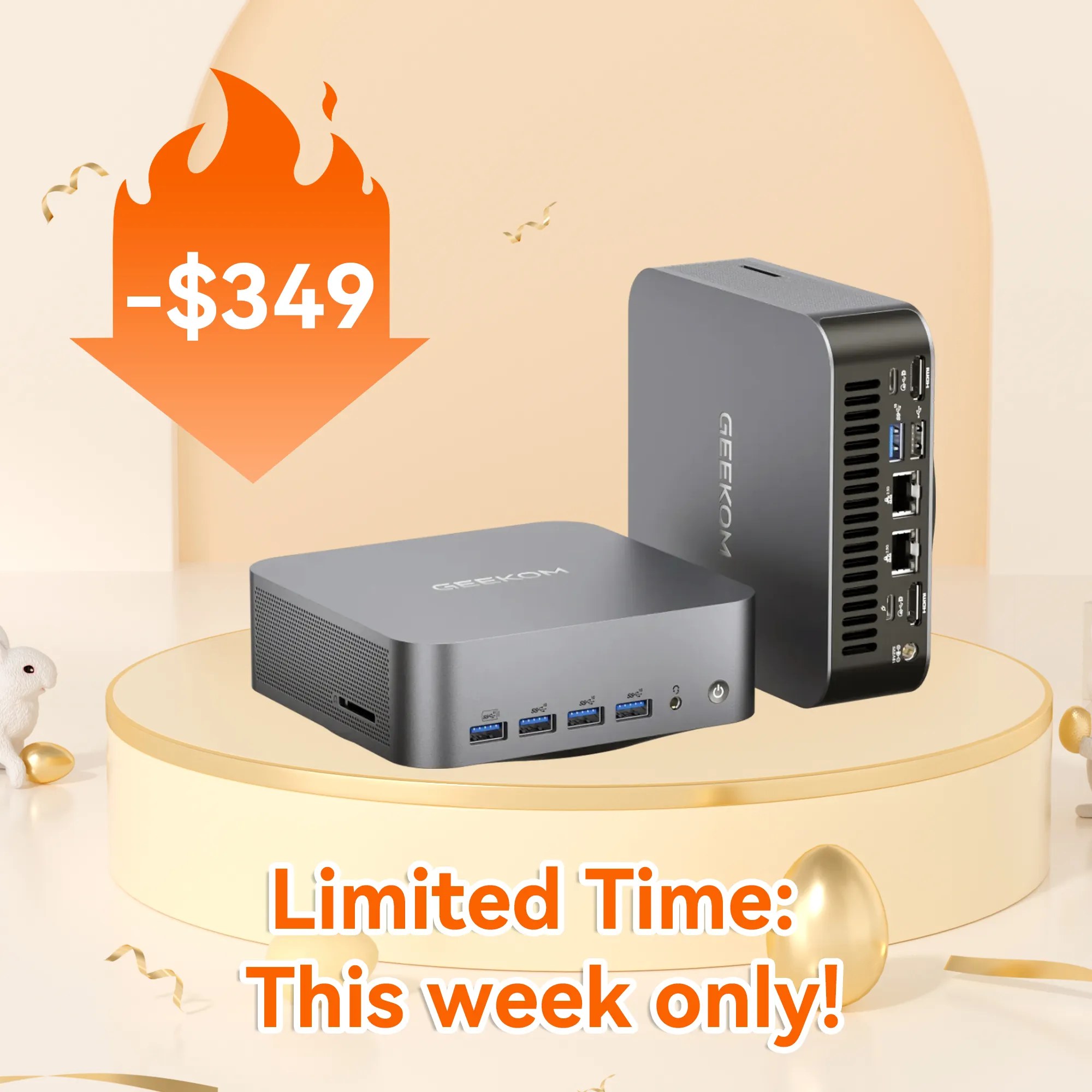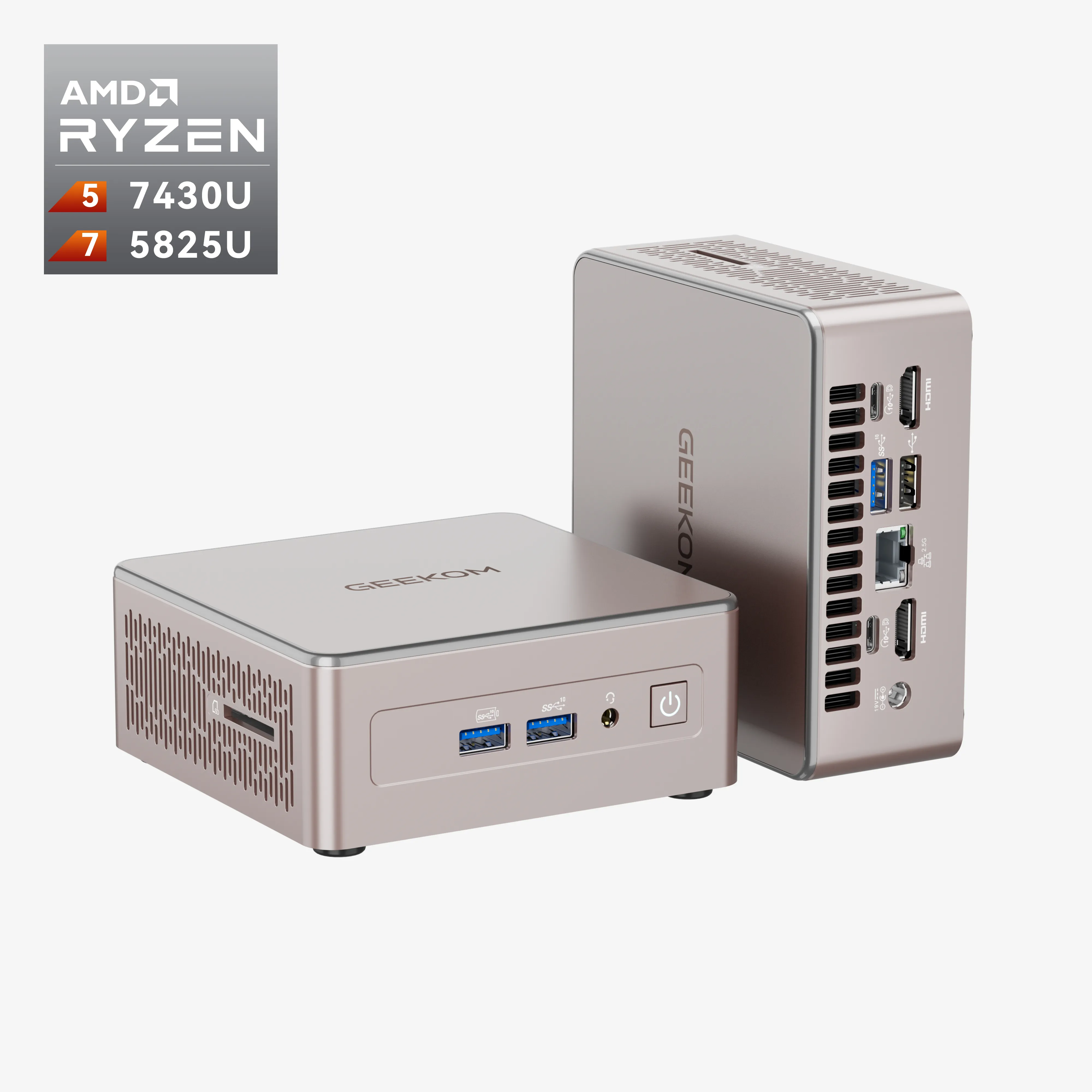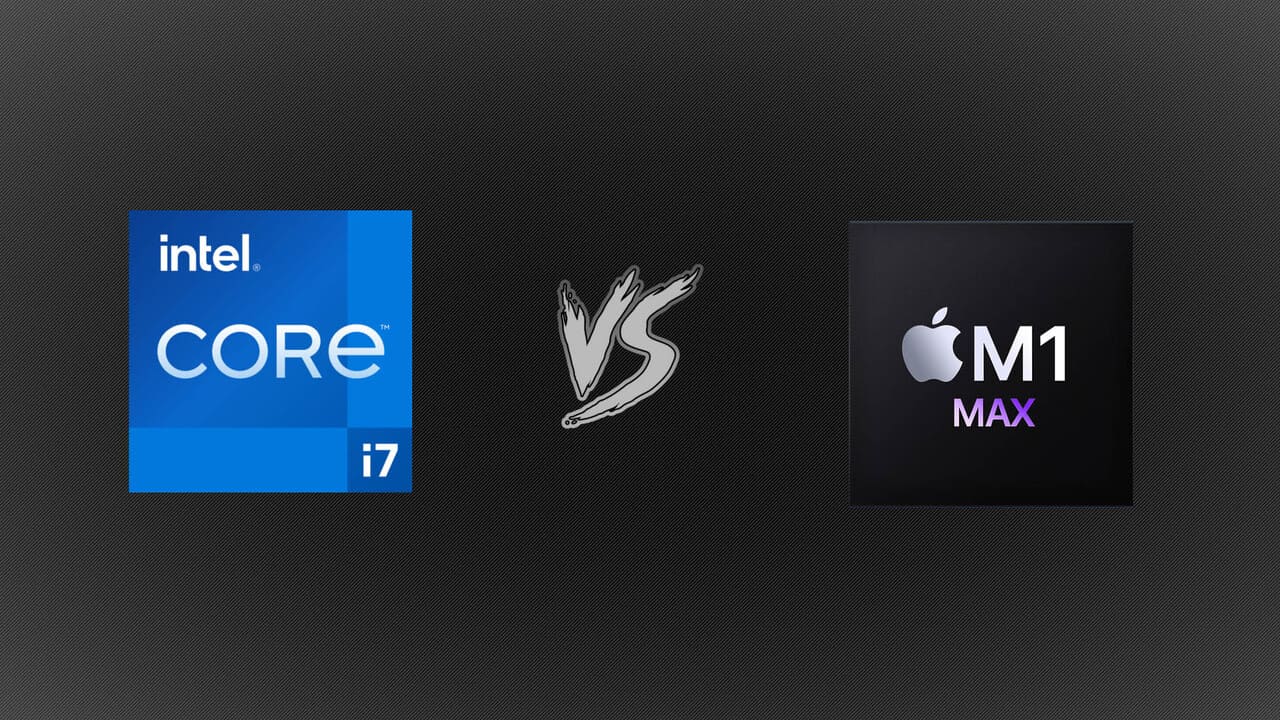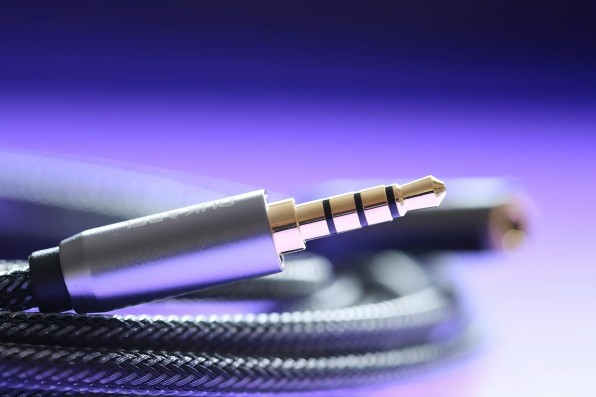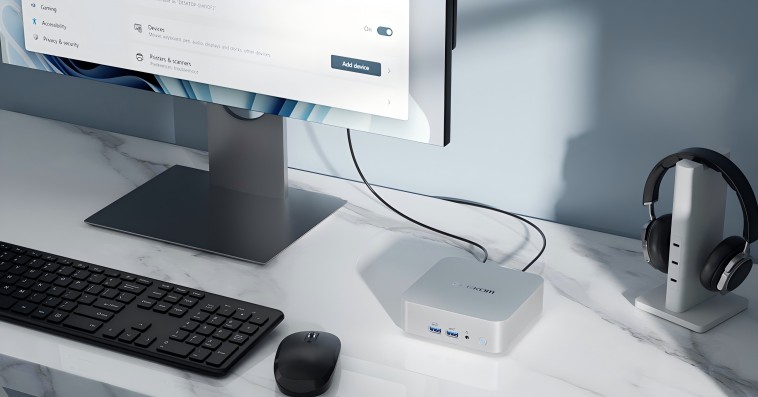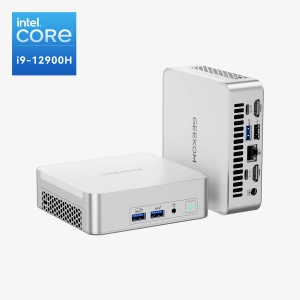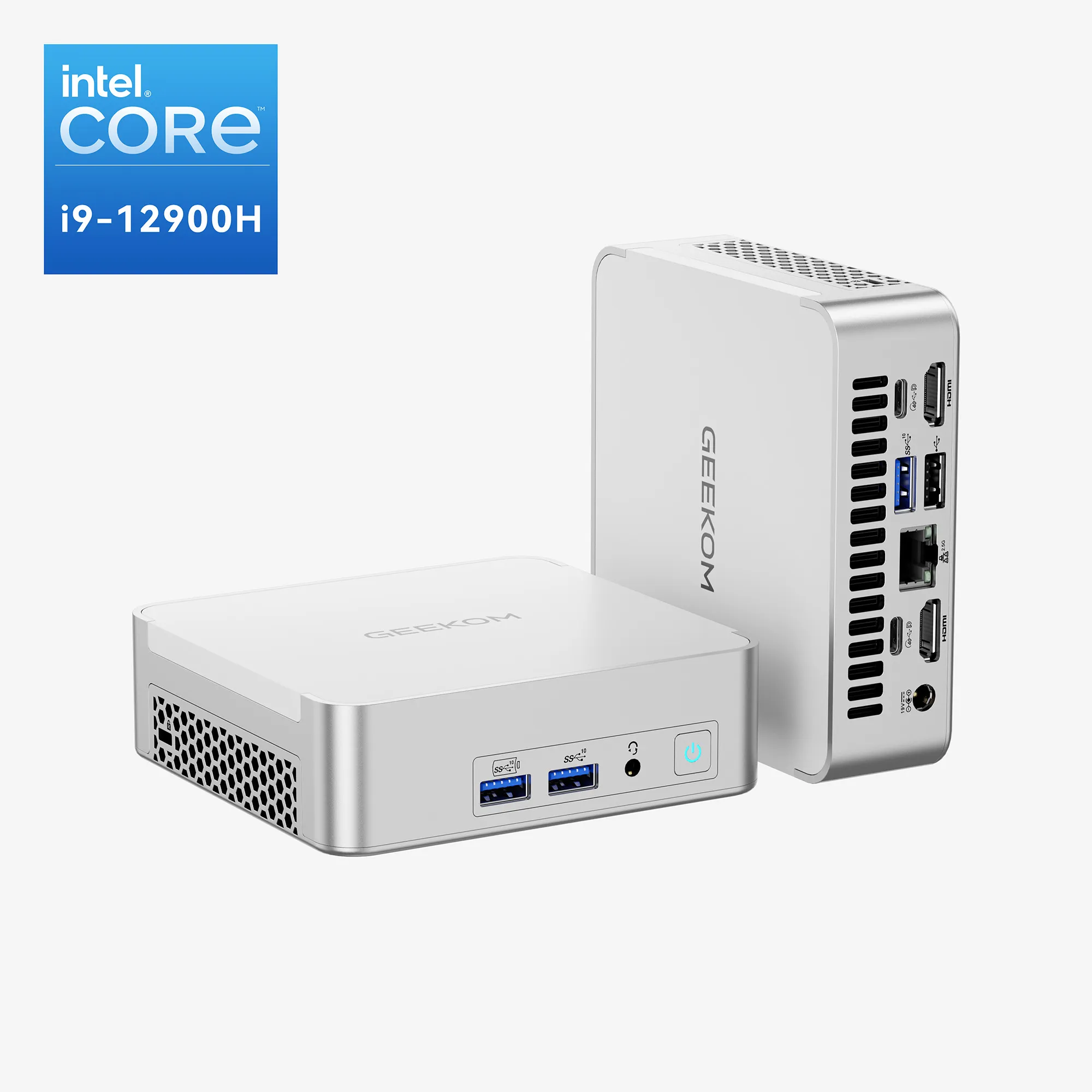The Intel Tiger Lake Core i7 processors have long been synonymous with top-of-the-line hardware, but Apple made a huge splash by introducing their very own Apple Silicon M1 SoC in 2020.
While many people, in and outside the tech community, may try to tell you that the Apple M1 is superior to the Intel Core i7, the truth is rarely that simple.
In this article, we will make a thorough comparison between Intel Tiger Lake Core i7 processors and the Apple M1 chip, and let you judge which one is better.
Differences Between Intel Core i7 and Apple M1
The Intel Tiger Lake Core i7 processor and Apple Silicon M1 are both SoCs designed for powering personal computers, but there are lots of differences between the two. They use different architecture, and different process technologies and show distinct performances.
Intel Tiger Lake Core i7
The Intel Tiger Lake Core i7 is the 11th generation of high-end mobile processors from the world’s leading chipmaker. Based on an evolved version of the 10nm process node found in the previous-generation Intel Ice Lake chips, Tiger Lake i7 SoCs not only boost the CPU performance but also come with the company’s more advanced Iris Xe Graphics GPU.
Apple M1
Unlike Intel’s computer chips, which are based on x86 architecture, the Apple M1 chip is built upon the ARM architecture. It is also the first ever computer SoC to employ the 5nm process, putting it ahead of the AMD Ryzen 5000 series CPU (7nm) and Intel Tiger Lake Core CPUs (10nm) in the process node. The Apple M1 processor has 8 CPU cores, 8 threads, and the Apple M1 iGPU.
Apple M1 Chip vs Intel i7: Performance
While Intel Tiger Lake Core i7 processors are widely used in premium laptops and mini PCs from many different brands, the Apple M1 chip can only be found in Apple’s very own MacBook Air, MacBook Pro, and Mac mini.
Benchmarks
Comparing the performance of the Intel Tiger Lake Core i7 and the Apple M1 is a tough task since they are designed for powering different types of PCs and operating systems. With that said, some cross-platform benchmarks can shed some light on the comparison.

In Geekbench 5, the Apple M1 handily beat the entire family of Intel Tiger Lake Core i7 processors in single-core performance and only got beaten by the top-of-the-line Intel Core i7-11800H in multi-core performance.

The Cinebench R23 CPU-crunching test results told a slightly different story. The Apple M1 chip was on par with most of the Intel Tiger Lake Core i7 processors in CPU single-core performance, and it was again beaten by the mighty i7-11800H, which contains 8 CPU cores and 16 processing threads.
Gaming

With 1024 ALUs and 2.6 teraflops of throughput, the integrated 8-core GPU of the Apple M1 chip is superior to the Intel Tiger Lake Core i7’s integrated Iris Xe EU96 iGPU in terms of raw graphics performance. In 3DMark Wild Life Extreme Unlimited, the Apple M1 scored 4696, which easily beat the numbers snatched by the Intel Tiger Lake Core i7 processors.
Even though the Apple M1 chip packs the power to tackle a fair amount of gaming workloads, its gaming capability is still rather limited, as the majority of popular titles you can find on Windows-based PCs and consoles simply don’t exist on macOS. To make matters worse, the Apple M1-powered computers are not compatible with discrete graphics cards, internal or external. When running graphics-intensive games such as Shadow of the Tomb Raider and Disco Elysium: The Final Cut, you will have no choice but to turn down the resolution and quality settings, due to the limited performance of the integrated GPU.
In comparison, the Intel Tiger Lake Core i7 chips can get you access to many more video game titles, thanks to its compatibility with many different operating systems and emulators. The Iris Xe Graphics iGPU itself can handle lots of modern AAA titles at moderate settings. You can also pair an Intel Tiger Lake Core i7 processor with a discrete graphics card to get the best visuals possible.
Video Playback
The Intel Tiger Lake Core i7 also has an edge when it comes to video playback, as the Iris Xe iGPU naturally supports more video codecs than the Apple M1 iGPU does. Also, the maximum output resolution of the Apple M1 chip is 6K, while an Intel Tiger Lake Core i7 chip can support up to 8K/60Hz video output through a DisplayPort or a Thunderbolt 4.
Productivity

You can expect both the Intel Tiger Lake Core i7 and the Apple M1 to do well in lightweight productivity tasks such as word processing and spreadsheets, but the latter has proven to be more efficient in 4K video editing. According to a comparison done by filmmaker Yuryev, stabilizing a 20-second 4K clip in Premiere Pro, the Apple M1-powered MacBook Pro took 3 minutes and 6 seconds to finish the task, while the Intel Core i7-1165G7 powered Razer Book 13 took 4 minutes and 21 seconds.
Apple M1 Chip vs Intel i7: Compatibility
Built upon the ARM64 architecture, the Apple M1 chip is only compatible with Apple’s very own iPad OS and macOS. You can find tutorials online to install Asahi Linux for Apple M1 on M1-powered devices, but it’s an Alpha build with many bugs waiting to be fixed. Even in macOS, some applications are based on the x86 architecture, although Apple has introduced a translator called Rosetta 2 to tackle the problem, many users still report issues when running older apps on the Apple M1-powered MacBook and Mac mini.
As mentioned above, the Intel Core i7 processor is compatible with many different operating systems, including Windows, Android, Linux, and even macOS.
Apple M1 Chip vs Intel i7: Power Efficiency
Fabricated using the 5-nanometer process node, the Apple M1 chip is more power-efficient than the Intel Tiger Lake Core i7 processor, which employs the 10-nanometer process node.

As the table above shows, the Apple M1-powered MacBook Air and MacBook Pro get better battery life than Windows laptops featuring the Intel Tiger Lake Core i7 processors. For mini PCs, the Apple M1-powered Mac mini is likely to consume less power than the Core i7-powered models when performing the same duty.
Apple M1 Chip vs Intel i7: Price and Availability
The recommended customer prices of the Intel Tiger Lake Core i7 range from $395 (i7-11800H) to $426 (i7-1195G7), but some retailers will offer up to 50% discount, which brings the prices down to around $200. The Apple M1 chip, on the other hand, doesn’t have a retail price tag as it is not sold separately. If you want to get the M1 chip, you will have to purchase a complete PC system in the form of a MacBook or a Mac mini, which are generally priced higher than laptops and mini PCs featuring Intel Tiger Lake Core i7 processors.
M1 Based Mini PC vs. Intel i7 Based Mini PC
The 2020 Mac mini, which features the Apple M1 chip, is the most affordable computer ever sold by Apple. The Mini IT11, which rocks an Intel Tiger Lake Core i7-1195G7 SoC, is the latest addition to GEEKOM’s mini PC lineup. Both of them are very solid mini PCs, but which one should you buy?
In terms of overall performance and power efficiency, the Apple Mac mini has an edge. However, the GEEKOM Mini IT11 is cheaper and is compatible with more operating systems. Besides, the Apple Mac mini is not upgradeable, as all components are soldered on the motherboard, while the Mini IT11 allows you to replace the wireless card, upgrade the memory, and add more storage.
Learn more about the Mac Mini alternative: GEEKOM Mini IT 11
Verdict
The Apple M1 chip is undoubtedly one of the most impressive pieces of tech invented in the 21st century, you can even say it’s a game changer for the PC industry. However, like all ARM-based computer SoCs, the Apple M1 still has way too many limitations. On the other hand, the Intel Tiger Lake Core i7 chips are based on the proven X86 architecture, which means you are less likely to run into compatibility issues with them. As for price and versatility, the Intel Tiger Lake Core i7 chips also have an edge. Taking everything into consideration, we believe that the Intel Tiger Lake Core i7 is a better investment than the Apple M1.





